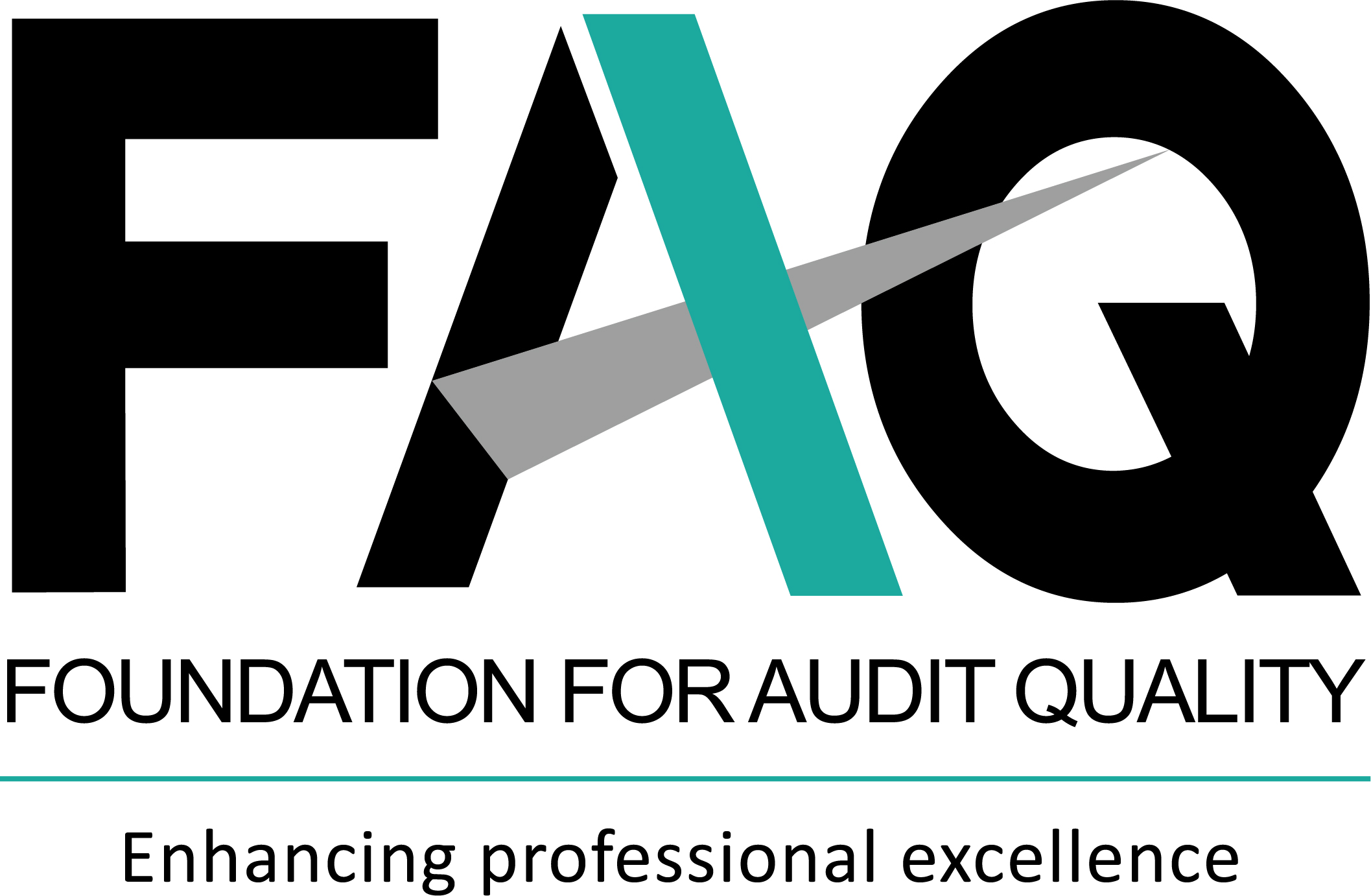Regulatory updates
Updates from SEBI
Regulation 23 of SEBI (Listing Obligations and Disclosure Requirements) Regulations, 2015 (LODR Regulations) provides the regulatory framework for the listed entities to comply in case of Related Party Transactions (RPTs).
On 9 November 2021, SEBI had notified amendments to LODR Regulations on RPTs through SEBI (Listing Obligations and Disclosure Requirements) (Sixth Amendment) Regulations, 2021 (the amendments).
Subsequently, on 22 November 2021, SEBI issued a circular specifying the disclosure obligations of listed entities in relation to RPTs.
The amendments read with provisions of the circular dated 22 November 2021 mainly pertain to the following areas:
- Widening the definition of related parties and RPTs
- Enhancing the scope of audit committee’s approval
- Change in materiality threshold and enhancing scope of shareholders’ approvals for RPTs
- Enhanced disclosures to stock exchanges, to the audit committee and to shareholders.
SEBI, vide circular dated 30 March 2022 has issued certain clarifications on applicability of Regulation 23 of LODR Regulations in relation to RPTs. The circular clarified the following:
- For an RPT that has been approved by the audit committee and shareholders prior to 1 April 2022, there would be no requirement to seek fresh approval from the shareholders.
-
Regulation 23(8) of the LODR Regulations specifies that all existing material related party contracts or arrangements entered into prior to the date of notification of these regulations, and which may continue beyond such date shall be placed for approval of the shareholders in the first General Meeting subsequent to notification of these regulations.
In accordance with Regulation 23(8) of the LODR Regulations, it has been clarified that an RPT that has been approved by the audit committee prior to 1 April 2022, and which continues beyond such date and becomes material as per the revised materiality threshold should be placed before the shareholders in the first General Meeting held after 1 April 2022. - It has been reiterated that an RPT for which the audit committee has granted omnibus approval, would continue to be placed before the shareholders, if it is material in terms of Regulation 23(1)5 of the LODR Regulations.
- Further, the clarifications reiterate the importance of providing relevant and detailed information to shareholders so that they can assess the terms and conditions of the proposed RPT. Accordingly, shareholders should ensure that the terms and conditions of the proposed RPT are not unfavourable to the listed entity, compared to the terms and conditions, had similar transactions been entered into between two unrelated parties.
Subsequent clarifications by SEBI
On 8 April 2022, SEBI issued a circular clarifying that the shareholders’ approval of omnibus RPTs approved in an AGM would be valid upto the date of the next AGM for a period not exceeding 15 months.
In cases where omnibus approvals for material RPTs was obtained from shareholders in general meetings other than AGMs, the validity of such omnibus approvals would not exceed one year.
Effective date: The circular shall come into force with effect from 1 April 2022.
- A transaction with a related party shall be considered material if the transaction(s) to be entered into individually or taken together with previous transactions during a financial year, exceeds 10 per cent of the annual consolidated turnover of the listed entity as per the last audited financial statements of the listed entity
To access the text of SEBI circular dated 9 November 2021, please click here
To access the text of SEBI circular dated 22 November 2021, please click here
To access the text of SEBI circular dated 30 March 2022, please click here
To access the text of SEBI circular dated 8 April 2022, please click here
Action points for auditors
Related parties by their very nature are not independent of each other, and thus RPTs involve greater compliances and disclosures. Accordingly, a detailed risk assessment is done for all financial statement captions that involve RPTs. As per SA 550, Related Parties, auditors need to ensure that RPTs are appropriately identified, accounted for and disclosed in the financial statements in accordance with the relevant accounting framework.
In order to evaluate that all RPTs have been identified, auditors could review management filings (such as tax filings, filings with regulators), declarations by directors, minutes of meetings of the board of directors, audit committee, shareholders, agreements and transactions approved by the board, etc.
Additionally, auditors would need to ensure that such RPTs are at an arms’ length and have received appropriate approvals at of the board of directors, of the audit committee and of the shareholders. The auditors would also need to review accounting and disclosure of RPTs in the financial statements.
As per the SEBI (Alternative Investment Fund) Regulations, 2012 (AIF Regulations), Alternative Investment Funds (AIF) may seek registration in one of the categories mentioned below:
Category I AIF - which invests in start-up or early-stage ventures, social ventures, SMEs, infrastructure and other sectors or areas which the government or regulators consider as socially or economically desirable.
Category II AIF - which does not fall in Category I and III and which does not undertake leverage or borrowing other than to meet day-to-day operational requirements and as permitted in the SEBI (AIF) regulations.
Category III AIF - which employs diverse or complex trading strategies and may employ leverage including through investment in listed or unlisted derivatives.
Regulation 15 (1) (d) of AIF Regulations deals with general investment conditions for Category III AIFs. The regulation prescribes restrictions applicable to AIFs for investments to be made in investee companies6.
SEBI, vide circular dated 16 March 2022 (the circular) amended regulation 15 (1) (d) of the AIF Regulations. The revised limits prescribed by the circular are given in table 1:
| Particulars | Limit of investment in an investee company | Manner of calculating limit for investment in listed equity of an investee company |
|---|---|---|
| Category III AIFs | Not more than 10 per cent of the investable funds, directly or through investment in units of other AIFs | For investment in listed equity of an investee company, calculation of the investment limit of 10 per cent will be based on either the investable funds or the net asset value of the scheme |
| Large value funds for accredited investors of Category III AIFs (Large AIFs) | Up to 20 per cent of the investable funds, directly or through investment in units of other AIFs. | For investment in listed equity of an investee company, calculation of the investment limit of 20 per cent will be based on either the investable funds or the net asset value of the scheme. |
These investment limits are subject to the conditions specified by SEBI from time to time.
The provisions of this circular are applicable from 16 March 2022.
Subsequently, SEBI, vide circular dated 28 March 2022 issued the following clarifications with regard to the flexibility provided to Category III AIFs including large AIFs to calculate investment concentration norms based either on investable funds or NAV of the scheme while investing in listed equity of an investee company.
The clarifications include:
- Existing Category III AIFs may opt for calculating investment concentration norm based on investable funds with the approval of their trustees or board of directors or designated partners, as the case may be, and inform the same to their investors within 30 days from the date of the issuance of this circular
- All Category III AIFs should disclose the basis for calculation of investment concentration norms in the placement memorandum of their schemes.
- The basis for calculating investment concentration norms shall not be changed during the term of the scheme.
- Category III AIFs which choose to calculate investment concentration norms based on NAV, should comply with para 2 of SEBI circular no. SEBI/HO/IMD/IMD-I/DOF6/P/CIR/2021/663 dated November 22, 20217.
-
As per the erstwhile provision of Regulation 15(1)(d) of the AIF Regulations, AIFs were restricted from investing not more than 10 per cent of the net asset value of the scheme in listed equity of an Investee Company and could invest not more than 10 per cent of the investable funds in securities other than listed equity of an Investee Company, directly or through investment in units of other AIFs.
Further, large value funds for accredited investors of Category III AIFs were restricted from investing up to 20 per cent of the net asset value in listed equity of an Investee Company and may invest up to 20 per cent of the investable funds in securities other than listed equity of an Investee Company, directly or through investment in units of other AIFs. -
Para 2 of SEBI circular no. SEBI/HO/IMD/IMD
I/DOF6/P/CIR/2021/663 dated 22 November 2021 reads as below:
(i) the limit for investment in listed equity shall be calculated based on the NAV of the fund on the business day immediately preceding the date on which the Category III AIF makes such investment.
(ii) NAV of the AIF shall be the sum of value of all securities adjusted for mark to market gains/losses (including cash and cash equivalents). The NAV shall exclude any funds borrowed by the AIF.\
(iii)Passive breach of concentration norm, i.e. when the market value of the investment of Category III AIF in listed equity of an investee company exceeds the investment limit as prescribed under Regulation 15(1)(d) of AIF Regulations, shall be rectified within 30 days from the date of the breach.
To access the text of SEBI circular dated 22 November 2021, please click here
To access the text of SEBI circular dated 16 March 2022, please click here
To access the text of SEBI circular dated 28 March 2022, please click here
Action points for auditors
Auditors of AIFs should note the revision in the investment limits for Category III AIFs and may engage with the management of AIFs for the same.As per Regulation 17(1B) of the SEBI (Listing Obligations and Disclosure Requirement) Regulations, 2015 (LODR Regulations), with effect from 1 April 2022, the top 500 listed entities were required to ensure that the Chairperson of the board of such listed entity would:
- Be a non-executive director
- Not be related to the Managing Director or the Chief Executive Officer as per the definition of the term “relative” defined under the Companies Act, 2013
SEBI, vide notification dated 22 March 2022, has issued Securities and Exchange Board of India (Listing Obligations and Disclosure Requirements) (Second Amendment) Regulations, 2022 which has omitted regulation 17(1B) of the LODR Regulations and inserted the following clause in Schedule II (Part E) – Discretionary requirements:
The listed entity may appoint separate persons to the post of the Chairperson and the Managing Director or the Chief Executive Officer, such that the Chairperson shall:
- be a non-executive director; and
- not be related to the Managing Director or the Chief Executive Officer as per the definition of the term “relative” defined under the Companies Act, 2013.
Effective date – These amendments are effective from 22 March 2022.
To access the text of SEBI notification, please click here
Action points for auditors
As per the LODR Regulations, either an auditor or a practicing company secretary is required to issue a compliance certificate regarding compliance of conditions of corporate governance, which would be annexed to the directors’ report. While issuing such a certificate for the top 500 listed entities, auditors should note that requirement for separation of role of a MD and a chairperson is now a discretionary requirement.Our Insights
Tools and Enablers
- Standard workpapers
- Technology tools
Resources
- Regulatory updates
-
India updates
Accounting updates
Auditing updates
Regulatory updates
-
International updates
Accounting updates
Auditing updates
Regulatory updates
-
Recap on key updates
-
Publications
India Publications
International Publications
-
Matter for auditors’ attention
-
Discussion/Consultation papers and Publications issued by regulators
India Publication
International Publication
Exposure Drafts/consultation papers
EDs/consultation papers
Matters for Consultation

